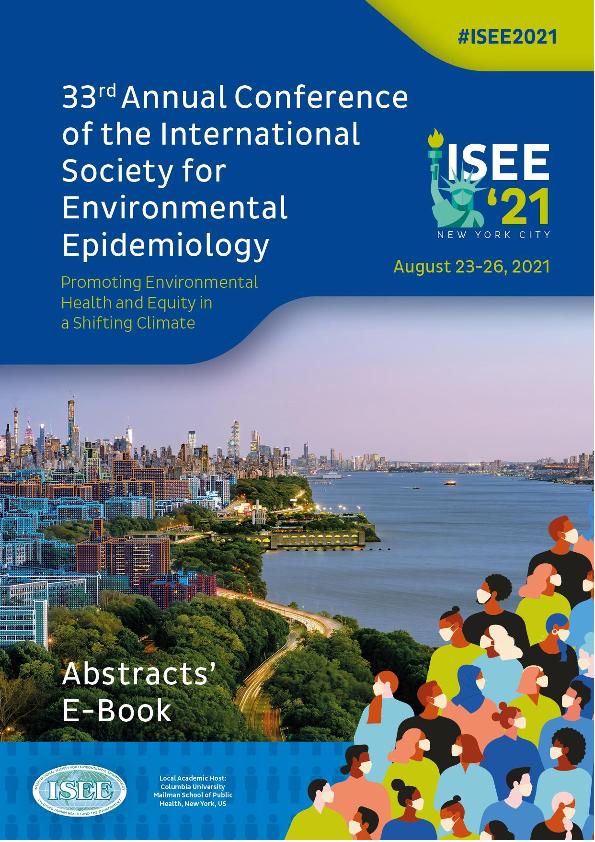Evento
Identifying geographical profiles of nutrition-epidemiological transition in Argentina
Tipo del evento:
Conferencia
Nombre del evento:
33rd Annual Conference of the International Society for Environmental Epidemiology: Promoting environmental health and equity in a shifting climate
Fecha del evento:
23/08/2021
Institución Organizadora:
International Society for Environmental Epidemiology;
Título de la revista:
Environmental Health Perspectives
Editorial:
National Institute of Environmental Health Sciences
ISSN:
1552-9924
e-ISSN:
0091-6765
Idioma:
Inglés
Clasificación temática:
Resumen
BACKGROUND AND AIM: Latin America has experienced major shifts over the last decades in its demographic, nutritional, and epidemiological profiles. While the global trends and patterns have been widely described, the differences in the process of nutrition-epidemiological transition among and within low- and middle-income countries have been scarcely explained. This work aimed to identify different geographical profiles of nutrition-epidemiological transition within Argentina in the 2005-2019 period. METHODS: A nationwide ecological study in Argentina was performed, using health statistics and demographic information from official data sources about its 24 geographical units (provinces). Percentages of change (2005-2019) of selected nutritional, epidemiological, and demographic indicators were estimated by geographic unit. Using a Principal Component Analysis coupled with a Hierarchical Cluster Analysis, it was identified geographic clusters representing profiles of nutrition-epidemiological transition (NET) across the Argentinean territory. RESULTS:Three NET profiles (clusters) were identified: 1) "Reemergence of infectious diseases”, mainly characterized by a rising burden of infectious diseases (such as congenital syphilis among others), with a decrease in the years of potential life lost (YPLL) due to cancer and external causes; 2) "Persistence of cardiovascular diseases with improvements in health and lifestyles", with rising arterial hypertension prevalence and decreasing YPLL due to infectious diseases, infant mortality and physical inactivity prevalence; 3) “Consolidation of the obesity-physical inactivity-cardiometabolic diseases triad", characterized by increases in the YPLL due to cardiovascular diseases, in the prevalence of type 2 diabetes and adult obesity, and the proportion of people with a low level of physical activity. These clusters (NET profiles) accounted for 25%, 50%, and 25% of Argentina's provinces, respectively. CONCLUSIONS:The identification of different epidemiological-nutritional profiles indicates that Argentina is facing different transitional processes. Macro-contextual factors may play a major role in shaping these profiles.
Archivos asociados
Licencia
Identificadores
Colecciones
Eventos(CIECS)
Eventos de CENTRO DE INVESTIGACIONES Y ESTUDIO SOBRE CULTURA Y SOCIEDAD
Eventos de CENTRO DE INVESTIGACIONES Y ESTUDIO SOBRE CULTURA Y SOCIEDAD
Citación
Identifying geographical profiles of nutrition-epidemiological transition in Argentina; 33rd Annual Conference of the International Society for Environmental Epidemiology: Promoting environmental health and equity in a shifting climate; Nueva York; Estados Unidos; 2021; 186-186
Compartir




